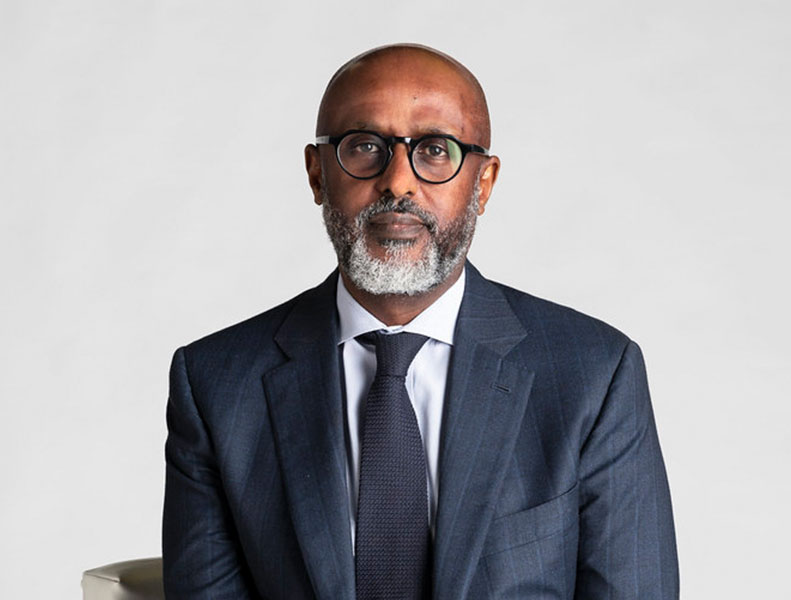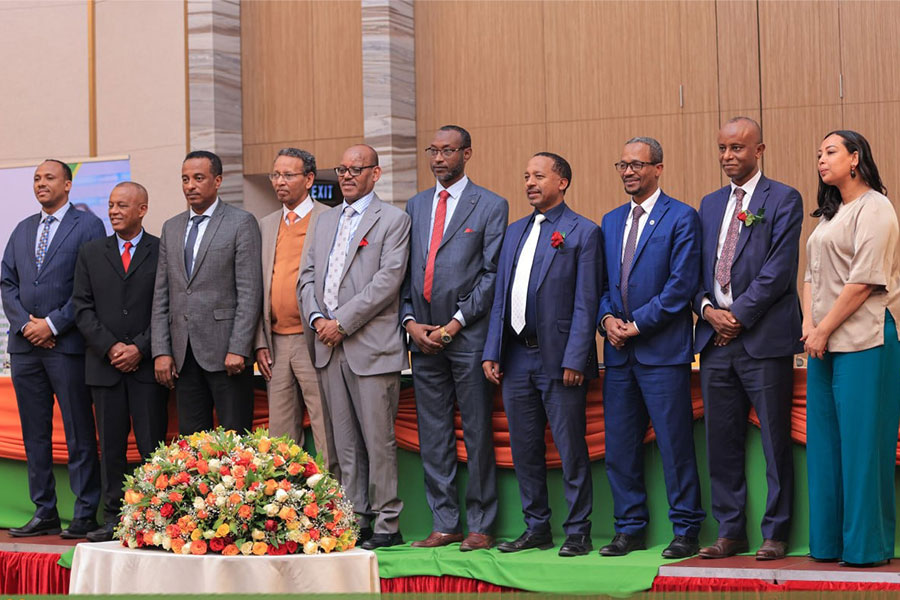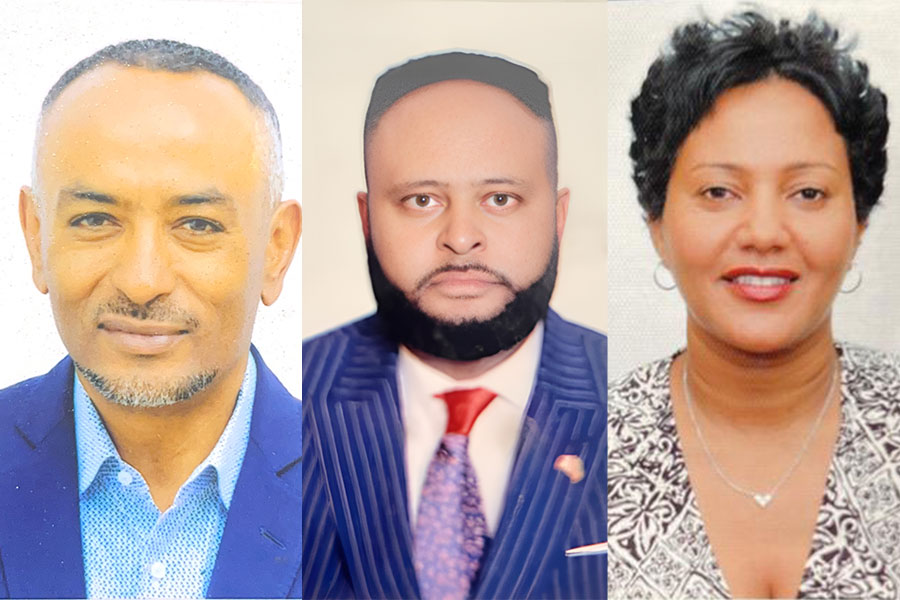
Commentaries | Dec 19,2021
May 21 , 2022
By Christian Tesfaye
Inflation has been reintroduced into discussions in the rich world. Since the 1990s, inflation was a phenomenon of bygone eras that did not affect highly sophisticated economies. By the 2010s, central banks were having a hard time reaching their inflation targets and were led to reducing interest rates to near-zero – a policy that led to an unprecedented time of cheap money in the global financial system.
No more. It seems that the old monetarists are having the last laugh. It turns out printing lots of money, whatever the growth level of an economy, does lead to inflation. But not so fast. While it is dangerous to increase the money supply too much, it was probably still a better trade in the face of the impacts of COVID-19. Somewhere in the multiverse, there is an earth with mass unemployment and global productivity decline not seen since the Great Depression because central banks failed to stimulate national economies. If central banks are to be criticised, it is for their assumption that the inflation was “transitory” and failing to tighten earlier.
Now that the trade has been made, and there is no going back, what can be done?
Growth in the money supply is not the only driver of inflation at the moment. There is also a massive supply shock to basic items such as fuel, edible oil, wheat and fertiliser. But this was also the case in the 1970s and ‘80s. In the US, high levels of spending (social support and the Vietnam War) combined with oil supply shocks that arose as a result of the 1973 oil embargo and the 1979 Iranian revolution produced stubborn inflation. It was bad luck and a bit of policy miscalculation.
It is still no excuse for central banks to fail to act. Now that inflation is back, most central bankers look to the lessons of a peculiar looking fellow, the late Paul Volcker. He stood at over two meters tall and had to look down at the US presidents he met; the massive rectangular frame glasses he wore over a very prominent nose gave him a distinct feature.
Volcker made his name as the chair of the Federal Reserve, the equivalent of a central bank in the US. He was hired for the job at a time of stagflation. He introduced his hammer and made it his duty to bring down inflation by hook or crook. His weapon of choice was interest rates. Against double-digit inflation, he nearly doubled the rate at which banks lend to one another. The prime lending rate (which is similar to average lending rates in Ethiopia) also rose to 21.5pc. Both of these went above the peak of the US rate of inflation, which was almost 15pc. But, in the aftermath of the war between inflation and the central banker, inflation went down to three percent in a few years. Volcker is largely credited for this.
But no war is without its costs, even to the victor. There is another trade to stamping down inflation so ruthlessly and effectively, and this is recession. During his time, the high borrowing costs led to recession and high unemployment rates. Combined with Reagonomic tax cuts, it also led to a rise in sovereign debt the US grapples with decades later.
The lessons should be invaluable for officials at the National Bank of Ethiopia (NBE). They are between a rock and a hard place. The public hates inflation, which should lead the central bankers to assume that they need to wage war against the phenomenon by raising interest rates. The floor of the benchmark savings interest rate needs to be at least doubled. But this will further dampen business activity and worsen unemployment. The public will also not like this. It is a headache. But nobody said the job of central banks is easy.
PUBLISHED ON
May 21,2022 [ VOL
23 , NO
1151]


Commentaries | Dec 19,2021

Sponsored Contents | Aug 16,2021

Covid-19 | Jun 12,2021

Commentaries | Jul 25,2020

Agenda | Jul 03,2021

Featured | Nov 13,2021

Year In Review | Sep 10,2021

Fortune News | Oct 23,2021

Fortune News | Aug 14,2021

Fortune News | Jun 06,2021

My Opinion | 132105 Views | Aug 14,2021

My Opinion | 128507 Views | Aug 21,2021

My Opinion | 126435 Views | Sep 10,2021

My Opinion | 124046 Views | Aug 07,2021





Dec 22 , 2024 . By TIZITA SHEWAFERAW
Charged with transforming colossal state-owned enterprises into modern and competitiv...

Aug 18 , 2024 . By AKSAH ITALO
Although predictable Yonas Zerihun's job in the ride-hailing service is not immune to...

Jul 28 , 2024 . By TIZITA SHEWAFERAW
Unhabitual, perhaps too many, Samuel Gebreyohannes, 38, used to occasionally enjoy a couple of beers at breakfast. However, he recently swit...

Jul 13 , 2024 . By AKSAH ITALO
Investors who rely on tractors, trucks, and field vehicles for commuting, transporting commodities, and f...

Jul 12 , 2025
Political leaders and their policy advisors often promise great leaps forward, yet th...

Jul 5 , 2025
Six years ago, Ethiopia was the darling of international liberal commentators. A year...

Jun 28 , 2025
Meseret Damtie, the assertive auditor general, has never been shy about naming names...

Jun 21 , 2025
A well-worn adage says, “Budget is not destiny, but it is direction.” Examining t...

Jul 13 , 2025 . By YITBAREK GETACHEW
The Addis Abeba City Revenue Bureau has introduced a new directive set to reshape how...

Jul 13 , 2025 . By BEZAWIT HULUAGER
Addis Abeba has approved a record 350 billion Br budget for the 2025/26 fiscal year,...

Jul 13 , 2025 . By RUTH BERHANU
The Addis Abeba Revenue Bureau has scrapped a value-added tax (VAT) on unprocessed ve...

Jul 13 , 2025 . By NAHOM AYELE
Federal lawmakers have finally brought closure to a protracted and contentious tax de...